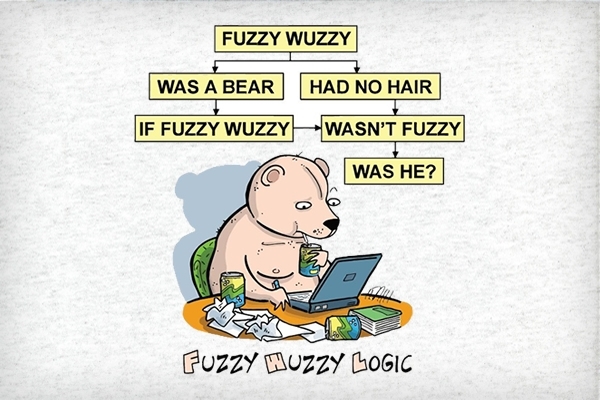Results 11 to 20 of 24
Thread: Less pressure = razor sharp
-
12-26-2013, 03:35 AM #11

Jimbo....whats yah Smokin brother....LOL.....I did enjoy the read !!!!
-
12-26-2013, 04:04 AM #12

Ok. I just stropped on balsa with chromium oxide green on one side (10 laps) and red iron oxide (15 laps) on the other side and then stropped on leather. HOLY <edited for Christmas>!!!! I AM SOLD!! Brought that edge up to a HHT-4 popping hairs as soon as they hit the blade! Amazing. So now what are some tips to keep edge from rounding from using a paste?
Will the balsa help? How about 20-30 laps on the guangxi stone every time?What a curse be a dull razor; what a prideful comfort a sharp one
-
12-26-2013, 04:32 AM #13
-
12-26-2013, 05:34 AM #14

I have had many discussions about that, and I agree with you. The flex rides the edge upward with the top of the bevel as the fulcrum. Then it is resetting that bevel on a very fine stone. Proved it to my satisfaction with a 60X loupe and a 100x mic.
YMMV of course!
~Richard
PS. Thanks Jimbo and HNSB for the photos and input!Be yourself; everyone else is already taken.
- Oscar Wilde
-
The Following User Says Thank You to Geezer For This Useful Post:
MikekiM (12-31-2013)
-
12-26-2013, 08:33 AM #15

Jimbo got it all right except nowadays we don't use the Sturmey-Archer gaussian random field Newtrometer anymore but the Campagnolo-Shimano gaussian non-random field Fuzzymeter.
Fuzzy-logic solves anything!

As others already said some light handed strokes at the end can do miracles but the main problem I've found with beginner honers is they are to light handed on their way to the end.
When they ask if the edge is done I go all Churchill on them, "Now this is not the end. It is not even the beginning of the end. But it is, perhaps, the end of the beginning".Hur Svenska stålet biter kom låt oss pröfva på.
-
-
12-30-2013, 08:52 PM #16There is no charge for Awesomeness



- Join Date
- Aug 2006
- Location
- Maleny, Australia
- Posts
- 7,977
- Blog Entries
- 3
Thanked: 1587
CSGNRFFs only show differences as you approach the speed of light in a vacuum. I've used them in the LHC (large hone collider) in some dorko matter experiments, and once when searching for the Higgs Boker, but I think they are overkill for simple desktop experiments like this one.
YMMV.
James.<This signature intentionally left blank>
-
12-31-2013, 01:35 PM #17
 ---------------------------------------------------
---------------------------------------------------
Love new things that look old, and old things, made to look new again!
-
12-31-2013, 11:05 PM #18

I read through the whole "JaNorton" thread this week. It's a lot to plow through, but I remember that several members talked about making mental breakthroughs regarding honing pressure. In many cases it boiled down to: going heavier-than-expected for bevel-setting, then moderate pressure on 4k, light on 4k, ultra-light on 4k, moderate on 8k, light on 8k, ultra-light on 8k. In any case, it was interesting to see so many light bulbs going off on the subject of "pressure."
Keep your pivot dry!
-
12-31-2013, 11:57 PM #19

Ultimately it's about lessening the pressure as you go. One process is to simply set the bevel with enough pressure to contact the bevel (on each stone), then lighten the pressure in order to contact the edge (on each stone).
The super-colliders are entirely optional.
-
01-01-2014, 12:10 AM #20Member

- Join Date
- Oct 2013
- Posts
- 58
Thanked: 3
This post (humor aside) has been very beneficial to me. The concept of lessening pressure makes perfect sense. If I'm understanding correctly, the heavier pressure flexes the blade slightly and removes material from the spine side of the bevel. As the pressure decreases, blade flex lessens and material is removed closer to the cutting edge of the bevel until the slightest pressure allows material to be removed from the very cutting edge. Seems so simple when imagining what happens to the blade as it flexes.
As a new honer...this seems to make the most sense in helping me understand what is happening.
If I'm confused, let me know.


 73Likes
73Likes LinkBack URL
LinkBack URL About LinkBacks
About LinkBacks







 Reply With Quote
Reply With Quote


 line,,,,give me back the last 15 minutes of my life Jimbo,,,,
line,,,,give me back the last 15 minutes of my life Jimbo,,,,


